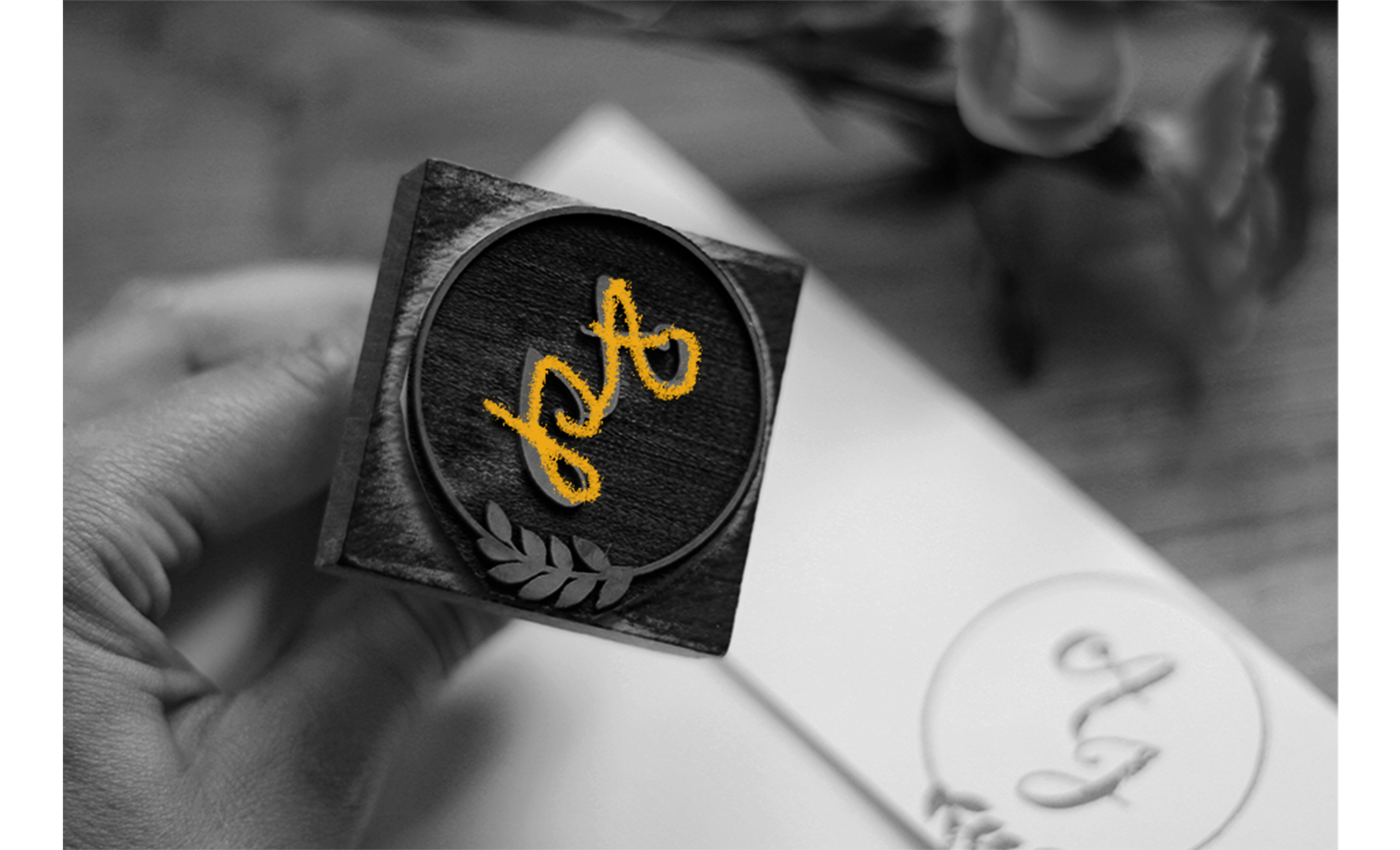Monograms first showed up on Greek coins around 350 B.C., when cities that minted coins began printing the first two letters of the originating city’s name onto their coins. The use of initials as branding was then adopted by artists and craftsmen. Later, monograms became a symbol of luxury and status when various monarchs began to use them. Over time, monograms transcended their artistic and royal heritage, and monograms for individuals and couples became popular. The 3-letter monogram is traditionally arranged with the initial of the person’s last name in the center in a slightly larger font; the first name initial is traditionally placed on the left and the middle initial is placed on the right. Today, an individual’s custom monogram is often added to stationary, clothing, bed linens, towels, and more. Couples also sometimes create monograms with their entwined initials. These can be used for wedding invitations and are also sometimes embroidered onto items that will go in their shared home. Monograms are also often used on clothing and gifts for children. Monograms are particularly popular in preppy circles and some businesses use them as well.

Your go-to guide for weird history facts
Subscribe to the FREE daily email that makes learning about history fun.


